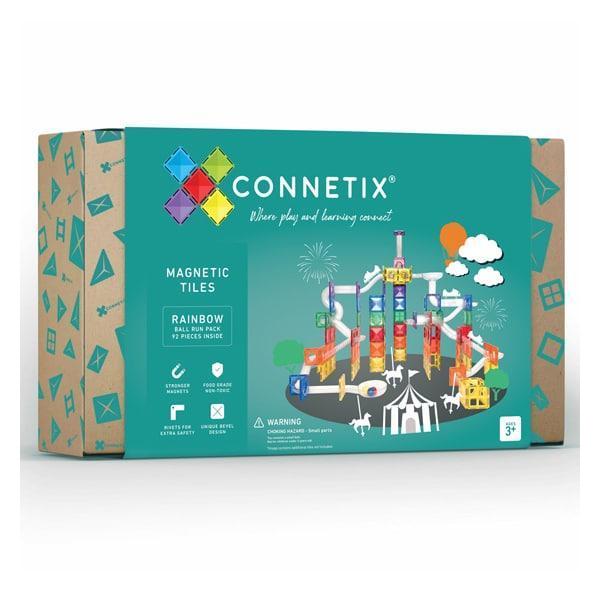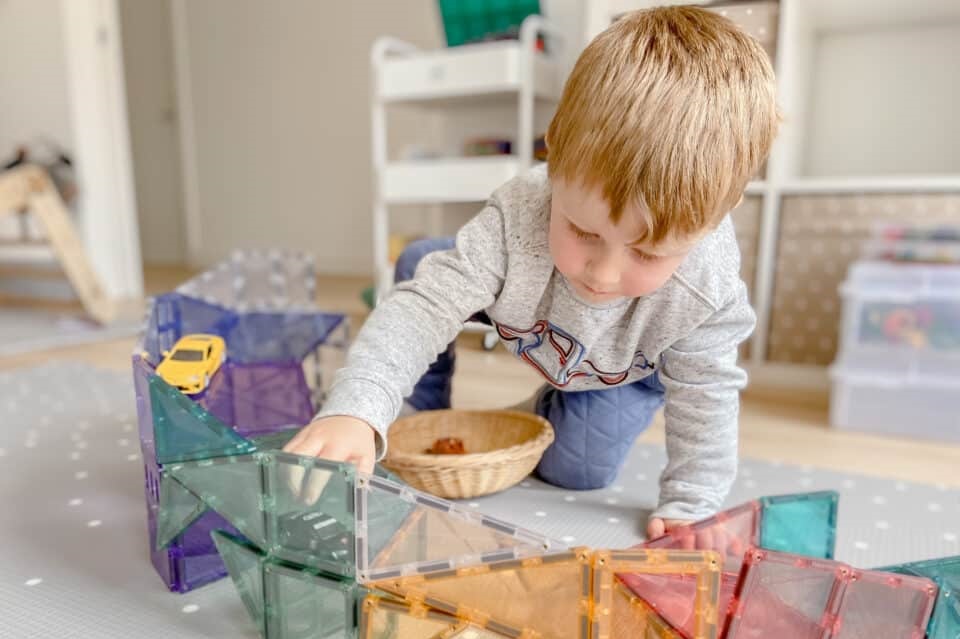Helpful tips for parents and educators to encourage children to play.
Recently, there has been a push to incorporate formal academic learning into early childhood settings. This can be harmful to children, especially if the teaching is not age-appropriate. For example, if a young child is expected to sit for long periods of time. Want to know something that is critical to health, well-being and academic success? PLAY!
Most parents are aware of this message, but did you know that by giving your child a voice in their play, you are enabling their personal development? The voice given to children can be described as ‘playful encouragement’.
Play competence means that a child follows their interests and decides for themselves what they want to play, so they have the “power”. This ‘control’ over their choices and interests gives children the opportunity to strengthen their independence, skills, self-esteem, confidence and resilience, and helps them to learn better. It also stimulates children’s curiosity by using their imagination to solve problems and discover the world around them.
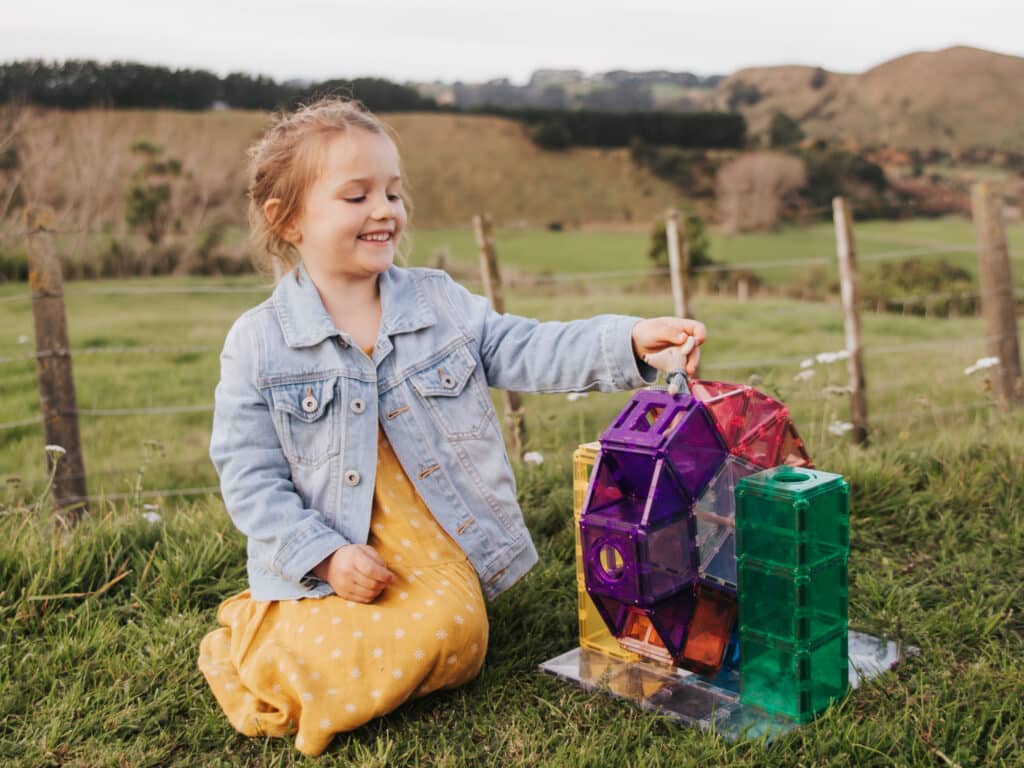
How can we promote this type of child-friendly play?
A simple way to encourage play skills is to place a selection of objects in the child’s room for them to move freely between.
Some examples are connetix, play dough and cookie cutters, paper and crayons as well as wooden blocks and dolls. You can even set up objects from your household, empty cereal boxes with pens and tape, some pots and pans and a box with an oven drawn on it in sharpie!
You can set your child up for success by giving them the opportunity to make their own choices when playing. Every child is different, so choosing items based on your child’s interests is a good choice. You can also add a “surprise item” that they don’t normally play with to stimulate their creativity. The main goal is CHOICE and freedom to support children to be confident and encouraged in their choices.

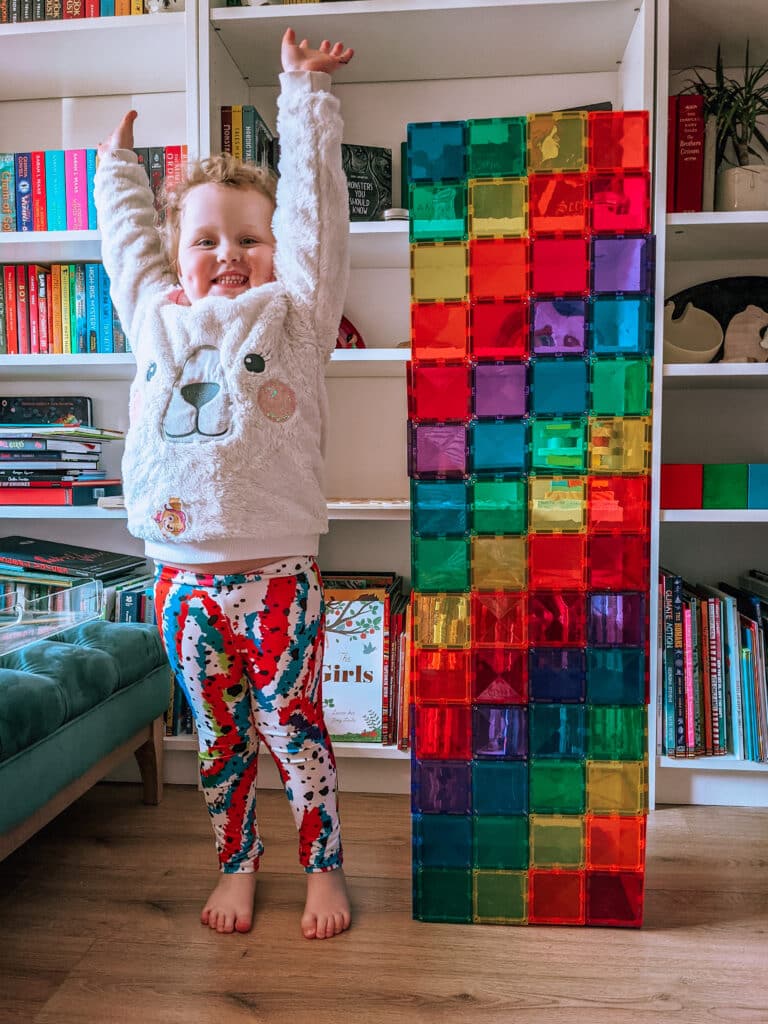
The ‘adult agenda’ can hinder development
Freedom of choice does not mean that you cannot interfere in your child’s play to empower them! You can give them examples of play to choose from, showing them different ways to play. We just need to be careful that we don’t want to bring our “adult agenda” into their play. If we give the impression that children have to play in a certain way, this can disempower their play and prevent the amazing developmental skills that children’s play can develop.
Connetix and empowering play
Connetix is an excellent resource for this type of play. You could set up a tower, a rocket or even an alphabet play station with whiteboard markers for them. Don’t be surprised if they turn your play set into something else! This is the BEST example of encouraging play.
Giving a child the opportunity to overturn something an adult has “suggested” and turn it into a different kind of play! This shows the child that their play and autonomy are important, which encourages their independence in play.
How can Connetix help?
Looking for ways Connetix can help play empowerment? Here are some examples of activities that can help.
Did you know that there are also different areas of play that we can enable children to develop? They include:
- Body and movement
- Functional
- Constructive and symbolic
- Fantasy, imagination and pretense
- Games with rules and social
- Storytelling and narration

Body and movement
Body and movement games promote the development of strong muscles and bones and train your child’s coordination and balance. It’s not just about big body movements, but also about concentrating on a specific area of the body. Connetix can be used as a gross motor obstacle course or as a fine motor domino run! As I said, these are just suggestions, the child’s choice is so important for play autonomy!
Functional
Functional play means that a child uses an object for its intended purpose during play. For example: rolling a ball or building towers with Connetix. It is simply about enjoying the experience of an object and exploring the properties of that object while playing.
Constructive and symbolic
In constructive play, children manipulate objects in their environment to create something new. They can even play symbolically by building and manipulating connetix to pretend it is another object, such as items in a bakery or an animal enclosure.
Fantasy, imagination and pretending
Children love pretend play! Fantasy play can delve into the realm of imagination and encourages children to naturally develop empathy and is also used as a self-regulation or calming strategy. Connetix can be used in this type of play through role play, e.g. to build castles, to hide a kite, to fly an airplane or to open a store to sell goods.
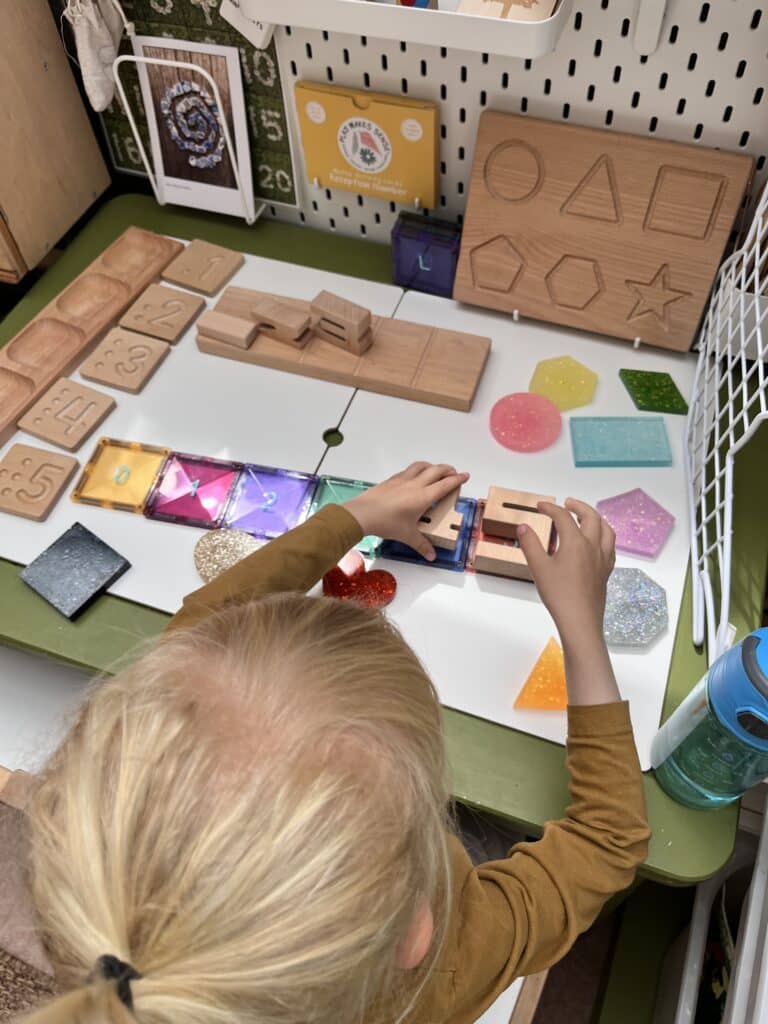
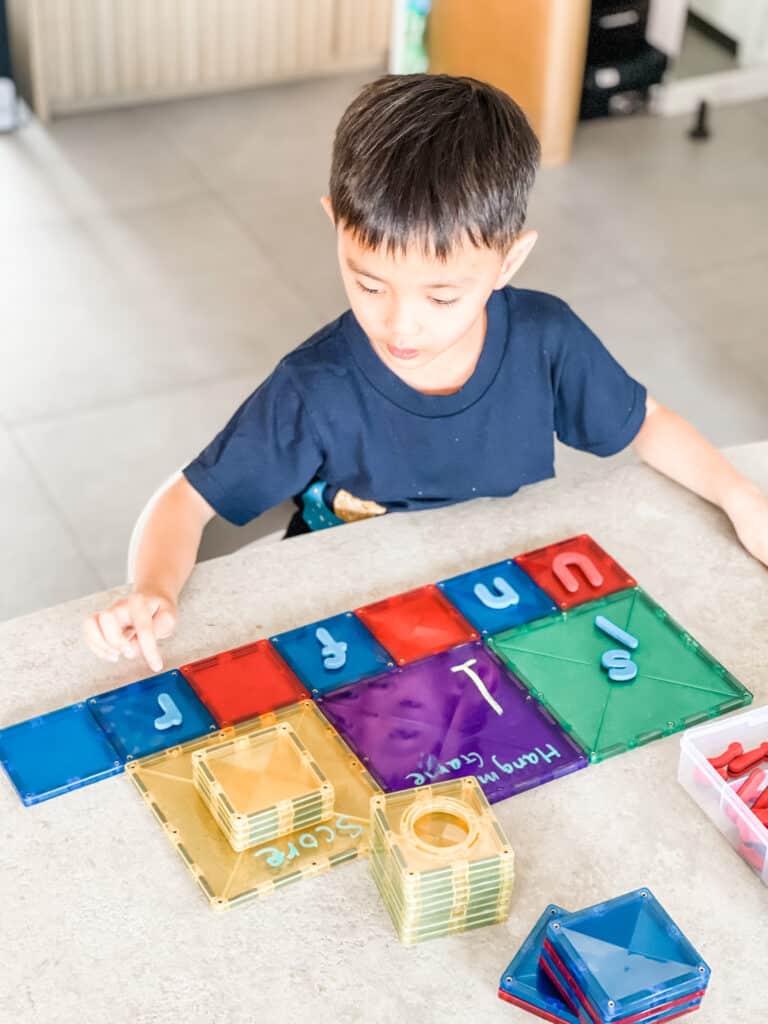
Storytelling and narration
Storytelling play helps children to improve their oral language development and communication skills. It also develops children’s language and comprehension skills, which are necessary for learning to read later in life. Bookish play and Connetix are very popular! You can set up your child’s favorite story with Connetix to encourage this type of play.
Playing games with rules / Social
Playing games with rules is all about exploring laws, rules and social constructions. This sounds like pretty big concepts for a young child, but it’s something that children really enjoy! Socially, this helps children understand and build relationships with others outside of their immediate family. Check out the following board games that children have enjoyed doing with Connetix.
PLAY is the best way for children to learn!
Children learn best through play, especially when it is child-led and takes place in a safe and supportive environment where play skills are encouraged. Open-ended toys like Connetix are great for this type of play as they encourage children to make their own play decisions. There is no way to do it “wrong”.
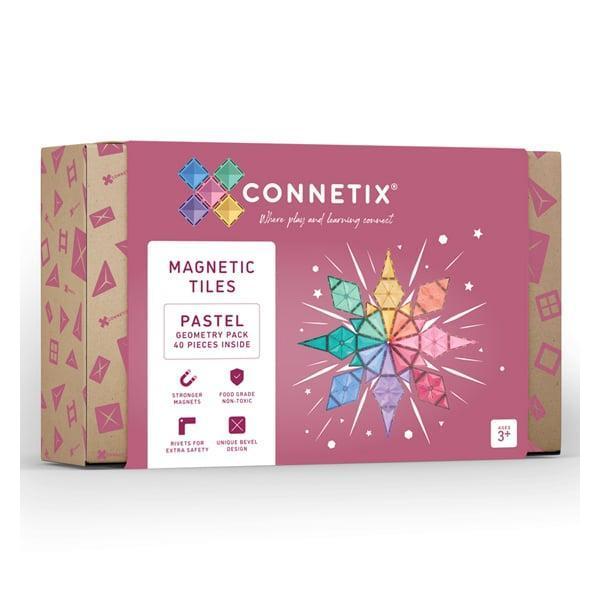
Pastell
Discover now